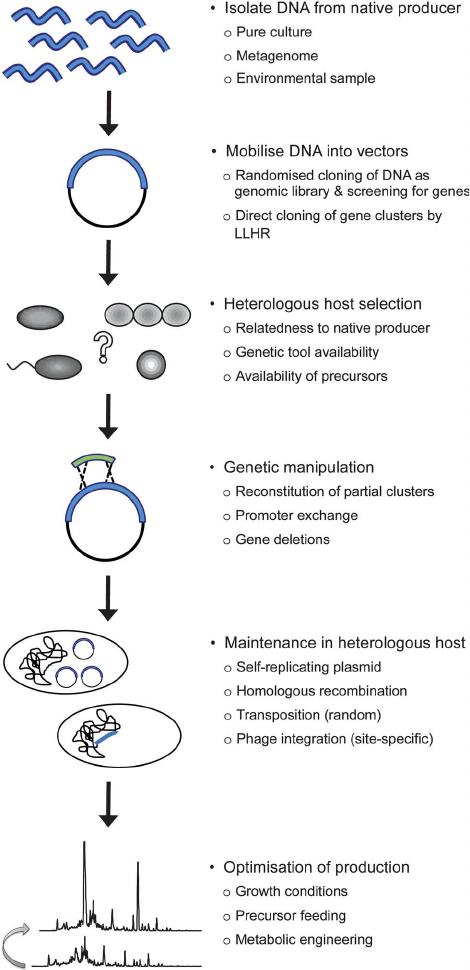Preliminary results presented at the FAPESP Week France health conference suggest the venom from an Amazon rainforest scorpion (Brotheas amazonicus) might be able to help treat breast cancer.
An aging global population, as well as greater exposure to pollutants and stressed-out ecosystems, means we are seeing increasing rates of cancer, dementia, and other diseases. So, in the endless search for more treatment options, some researchers are looking in unlikely places – like a scorpion's tail.
To speed things up, a group of researchers from Brazil have been inserting potential genes of interest into a 'factory' organism's DNA to create the gene's product. They can then test the resulting proteins, like those in scorpion venom, for various medical uses.
"We were able to identify a molecule in the species of this Amazonian scorpion that is similar to that found in the venoms of other scorpions and that acts against breast cancer cells," explains University of São Paulo pharmacologist Eliane Candiani Arantes.
Related: Scientists May Have Finally Figured Out How Bats Avoid Cancer
Like chemotherapy drugs, the molecule, BamazScplp1, triggers necrosis – the process of cell death – in the breast cancer cells, causing the cells to rupture.

It is still very early in investigating this treatment, but using this heterologous expression 'factory' method of creating molecules from genes, the researchers reported that they have also found a molecule that promotes the growth of blood vessels made from snake venom and a blood component from cattle.
"This growth factor favors the formation of new vessels… with the possibility of expanding the industrial scale, since it can be obtained through heterologous expression," says Arantes.
Heterologous expression can help researchers understand bioactive molecules, explore their functions, and experiment with different mutations by producing large quantities of them inside another organism. In this case, Arantes and colleagues used a species of yeast (Komagataella pastoris) as factories for their proteins of interest.
Using techniques like these could help us track down more of nature's hidden treatments, as long as we don't destroy them first.